What's the best mirrorless camera right now? It's not an easy question to answer but we reckon we can point you in the right direction – whatever your budget.
Mirrorless cameras have evolved in countless ways ever since they came on the market 11 years ago, and there's little doubt that today's models are more exciting than their DSLR rivals.
But what exactly is a mirrorless camera? Mirrorless cameras allow you to swap and change lenses like on a DSLR, but because the mirror that you normally find inside a DSLR has been removed, the camera can be made much more compact.
- Best Sony cameras 2019: 10 top models
- Best Nikon camera 2019: 10 great options
- Best Canon camera 2019: 10 brilliant buys
No mirror means that instead of optical viewfinders to frame your subject, mirrorless cameras rely on electronic viewfinders instead. Be aware, however, that most cheaper mirrorless cameras don't come with viewfinders at all – instead, you compose the photo on the rear screen, just as you do with most compact cameras or smartphones.
You'll find that mirrorless cameras are also known as compact system cameras (or CSCs for short), with models ranging from the simple to use beginner models to sophisticated full-frame monsters that rival the very best DSLRs out there.
Why are mirrorless cameras better?
Is a mirrorless camera better than a DSLR then? There are still quite a few pros and cons to both designs, so if you want to find out more, read this: Mirrorless vs DSLR cameras: 10 key differences
Mirrorless cameras certainly offer more choice. If you're looking to buy a DSLR, there's only really two main players in the shape of Canon and Nikon. If you opt for a mirrorless camera, the choice is much broader, with the likes of Canon, Panasonic, Fujifilm, Sony, Olympus and Leica all offering a wide range of cameras to suit most budgets.
Right now, every major camera manufacturer has something to shout about, and their latest models are different enough from their rivals to stand out in some way.
While it would be very easy to select 10 high-end models to make up our pick of the best mirrorless camera, we've tried to pick out some more affordable options as well. These models might not be dripping with features, but they represent great options for new users and those on a budget. That said, if you're looking specifically for a budget mirrorless camera, take a look at our best mirrorless camera for beginners buying guide.
So whether you're after a better camera than the one featured on your smartphone or are looking for an advanced, high-end model to push your creativity even further, read on to find out what are the best mirrorless cameras you can buy right now.
Best mirrorless cameras 2019 at a glance
- Nikon Z6
- Sony Alpha A7 III
- Fujifilm X-T30
- Sony Alpha A7R IV
- Panasonic Lumix S1R
- Canon EOS RP
- Olympus OM-D E-M1 X
- Panasonic Lumix G9
- Canon EOS M6 Mark II
- Olympus OM-D E-M10 Mark III

Best mirrorless cameras in 2019
2019 has already seen a raft of exciting new cameras from most of the big players.
Key releases include the Sony Alpha A7R IV, Olympus OM-D E-M1X, Panasonic Lumix S1R, Canon EOS RP and Fujifilm X-T30 – and there's no doubt more to come before the year is up.
So what stands out most for us from the current selection? It's close but we reckon the best mirrorless camera right now is the Nikon Z6, for its excellent image quality, great videos, polished handling and overall performance. It's not without fault but for the money you get a whole lot of camera.
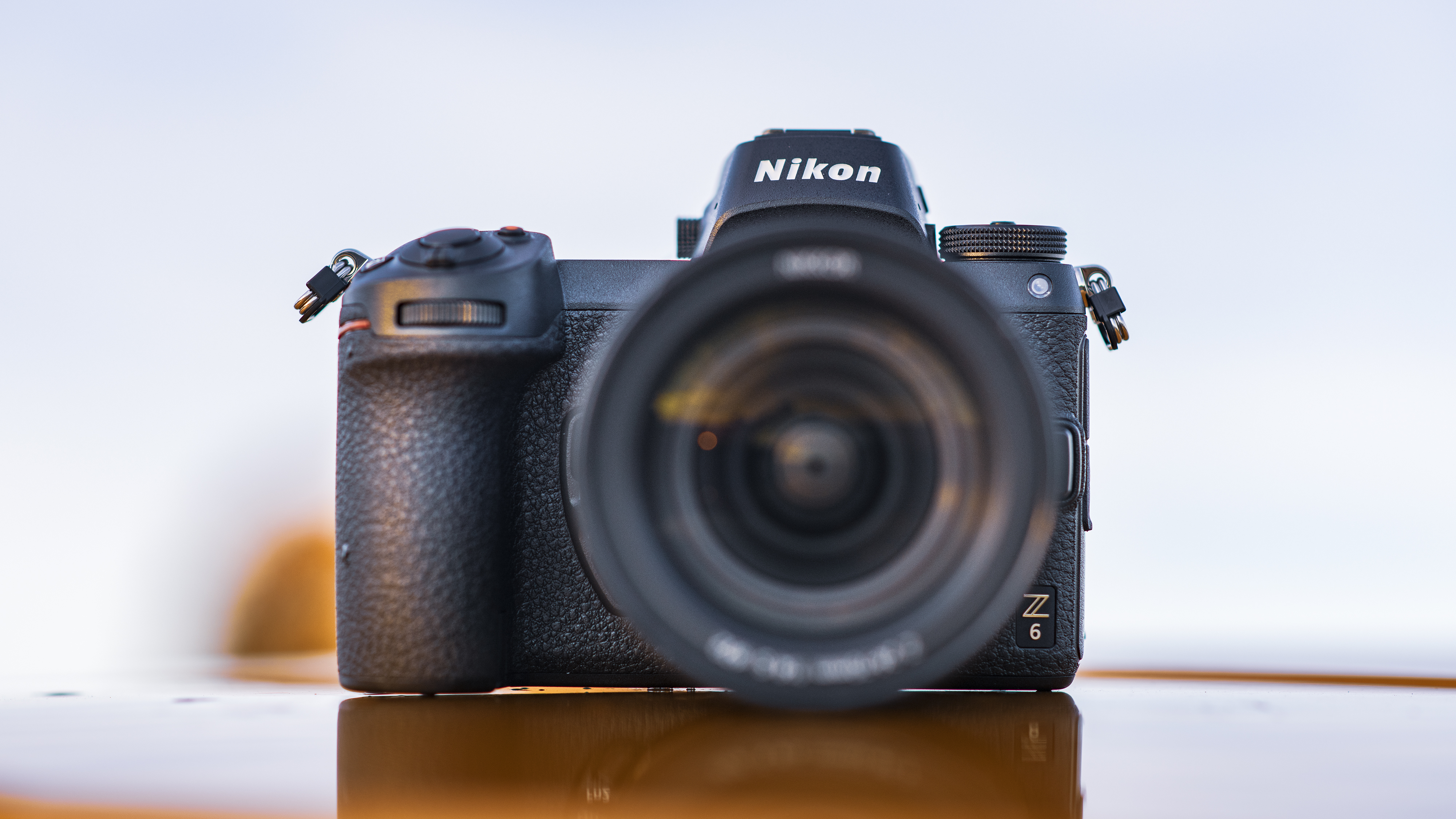
Sony may have got to the full-frame mirrorless market before the likes of Canon, Nikon and Panasonic, but now that all four are active in the sector, the playing field is starting to level a little. And our nod right now goes to Nikon's Z6, which combines a sound 24.5MP sensor with a super-sharp 3.69 million dot EVF and lovely 4K video into a compact shell. The beefy grip makes for great handling while the FTZ adapter that's either bundled with the camera or available separately means you can carry on using hundreds of F-mount lenses, with autofocus and auto-exposure maintained. It's not perfect, but a recent firmware update gave it a nice boost – and now that its price has fallen some way it's even more accessible than ever. We love it.
- Read our in-depth Nikon Z6 review

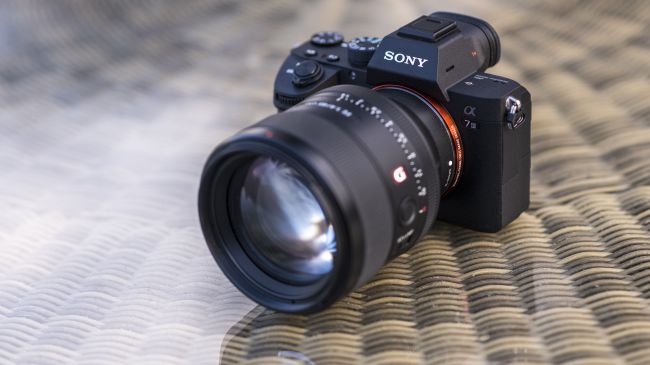
The Alpha A7 III may sit on the bottom rung of Sony's full-frame mirrorless camera range, its siblings being the pricier A7S II and A7R III, but it should no longer be seen as the poor relation to its pricier siblings. This is a brilliant choice for the enthusiast photographer or pro, and when you look at the specification, it's easy to see why. Sony has taken some of the best bits from its flagship Alpha A9 and A7R III cameras, and distilled them into a single camera that offers a fantastic mix of performance and image quality. The full-frame 24.2MP sensor is excellent in a range of lighting conditions, while the advanced 693-point AF looks set to get even better with a firmware upgrade in April. This is one advanced camera that's at a great price considering the features and performance on offer.
- Read our in-depth Sony Alpha A7 III review

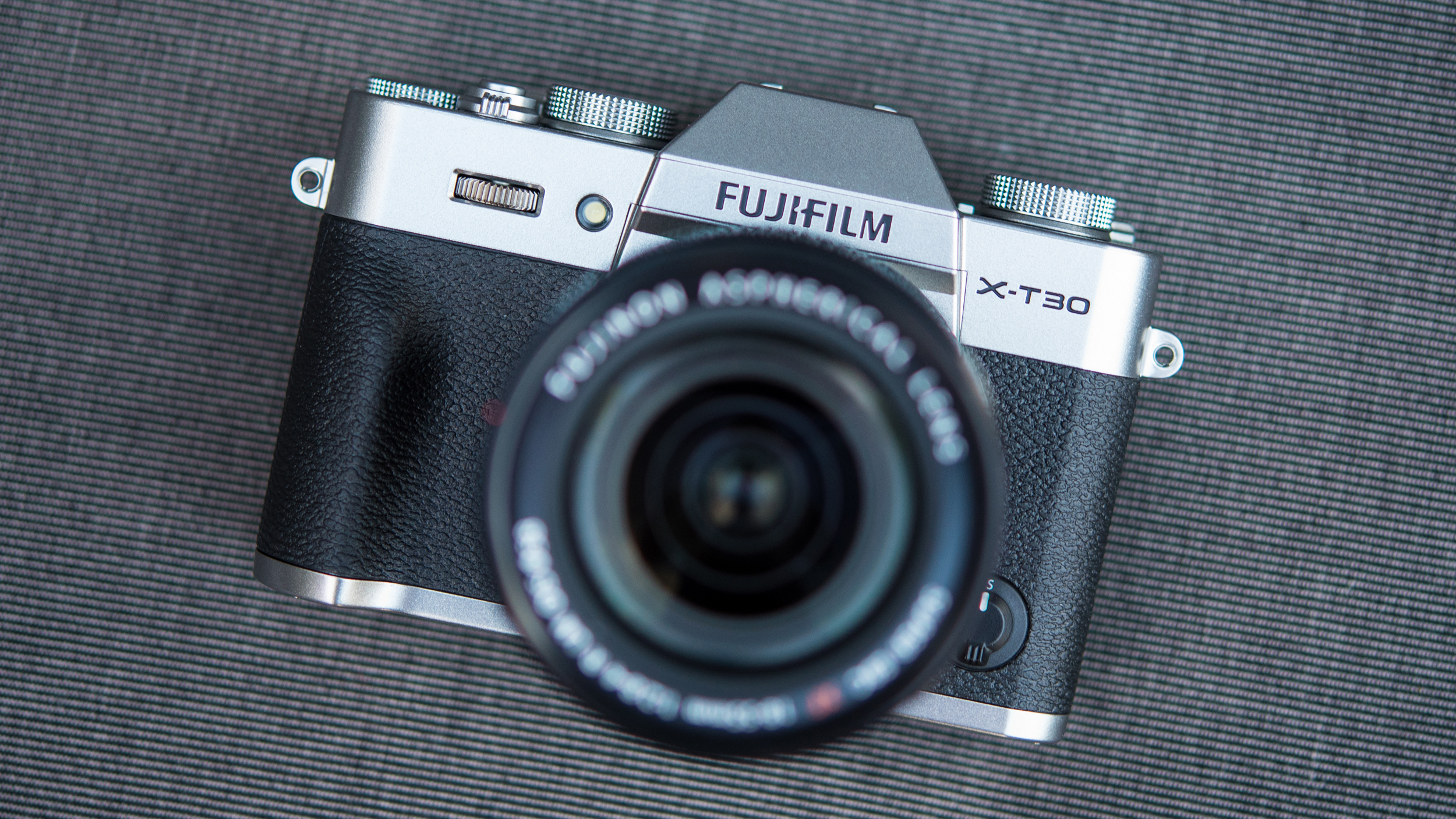
Fujifilm's X-series of compact cameras has been a huge smash among enthusiasts, and the previous X-T20 was the company's best-selling X-series model yet. So how do you follow on from that? By blending the best bits from the high-end X-T3 (position 8) in a body that's just as convenient to carry around as before. In fact, you get more than you might expect from the X-T3 here, from the 26.1MP sensor and processing engine through to the option to record 4K-quality footage and a phase-detect AF system that covers almost the entire frame. It's beautifully designed and built, and is just at home shooting sports and action as it is capturing landscapes or videos.
- Read our in-depth Fujifilm X-T30 review


Sony's A7R line of cameras has been all about resolution, and the A7R IV delivers a lot more of it than ever before. Its class-leading 61MP delivers an excellent level of detail, augmented by the impressive Pixel Shift Multi Shooting mode. An update to the autofocus system has made it faster and smarter, with face- and eye-detect AF working amazingly well – but with Sony at the helm, there was no doubt about that. The camera body is now even more sturdy and better equipped to handle the worst of the elements while out on field, while the deeper grip makes it comfortable to use over long periods of time. Although the addition of top plate command dial makes the mode dial a little harder to access. And while the A7R series wasn't designed with videographers in mind, video quality here is excellent, even though the rolling shutter effect is an issue.
- Read our in-depth Sony Alpha A7R IV review

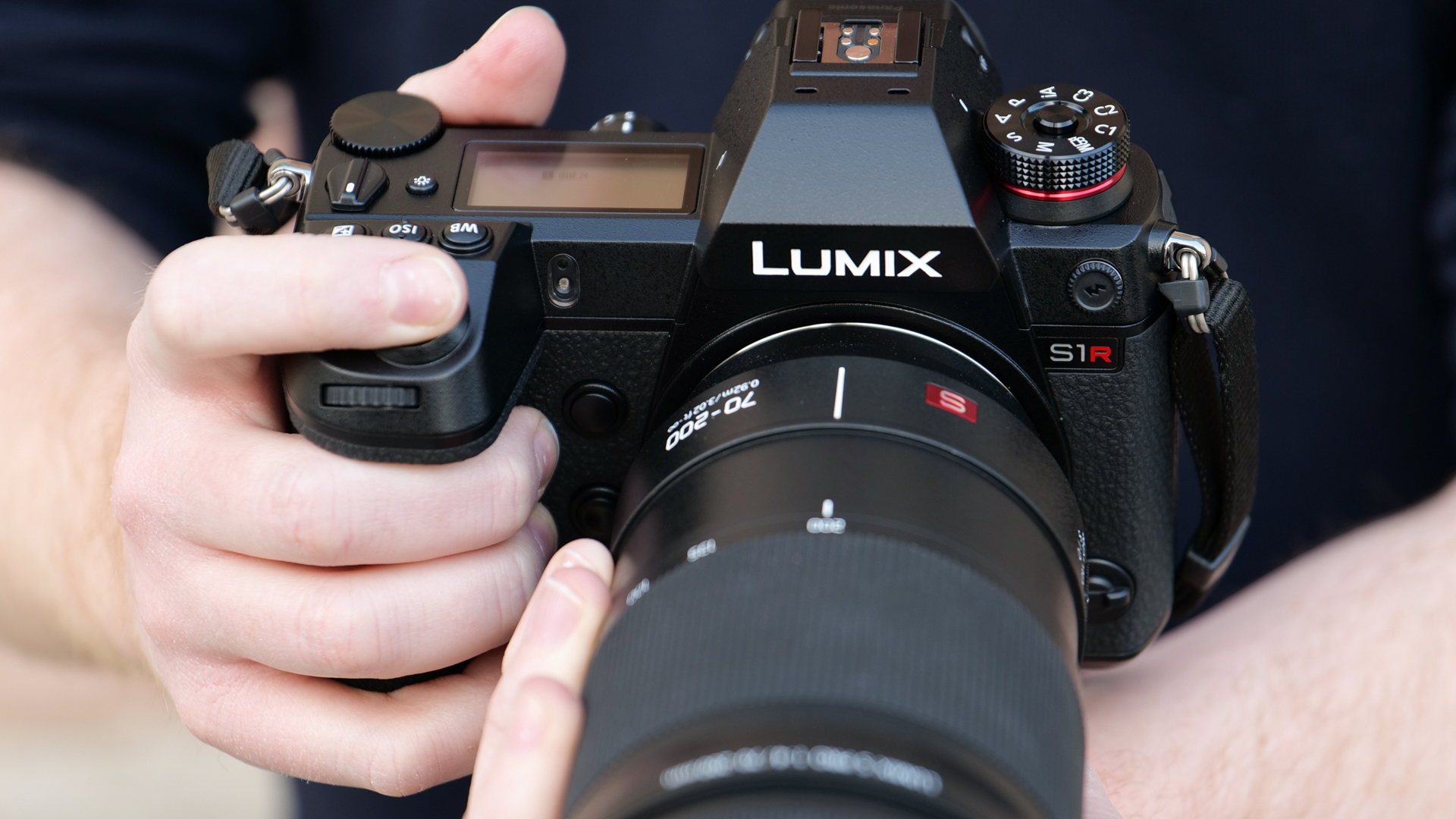
The S1R is the first of two camera's in Panasonic's S series, and it arrives with some mightily impressive technology. That 5.76million-dot viewfinder is streets ahead of the 3.69million-dot alternatives in rival bodies, while the rugged build, effective sensor-based stabilization and cracking 4K video show it to be a camera that excels in a wealth of areas. The 47.3MP full-frame sensor also manages to perform brilliantly in good light and bad, and the further option to output images at 187MP may seem a little crazy, but it opens up new possibilities for cropping and for macro work. We're very impressed.
- Read our in-depth Panasonic S1R review

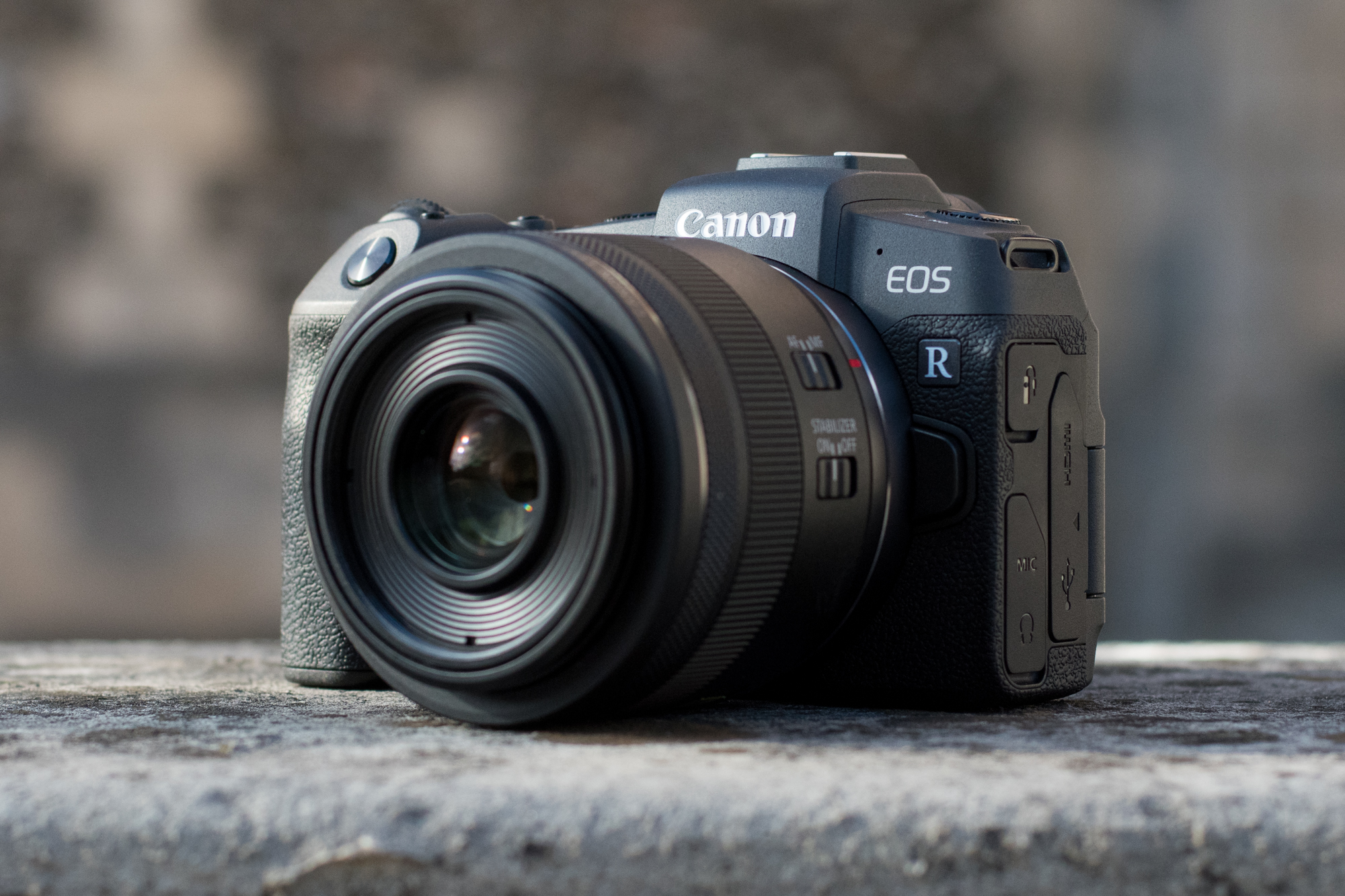
Canon's first full-frame mirrorless camera, the EOS R, delighted in some ways and frustrated in others, but the EOS RP made a much more positive impression. While technically a more junior model and not as fully featured, its much smaller and lighter body, together with a far nicer price, means that it's far more accessible for those who were hoping to make the jump to mirrorless but didn't want to stretch all the way to the EOS R. Without only around 4MP difference between the two you're not really sacrificing much in terms of sensor resolution, while the responsive touchscreen, fast autofocus and deep buffer makes it a pleasure to use in all kinds of situations. And while the native lens range for the R mount are still limited, a lens mount adapter allows users already invested in Canon's ecosystem to use their existing EF lenses.
- Read our in-depth Canon EOS RP review

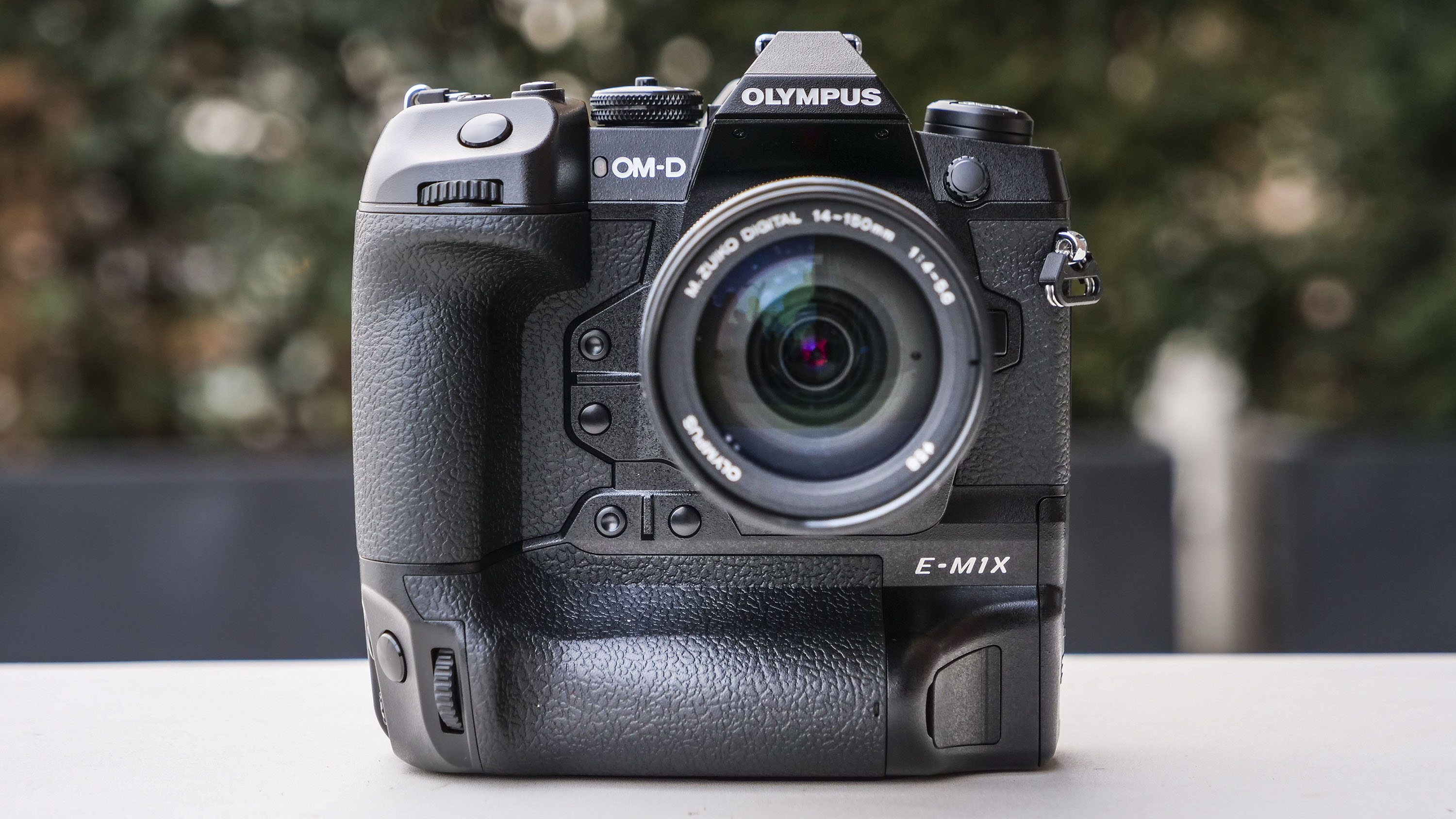
At a time when most camera manufacturers are concentrating on full-frame mirrorless cameras, Olympus has proven that innovation can be achieved with more than just adding more megapixels. The OM-D E-M1X may look strange to some photography fans, but if form factor isn’t an issue, then this is by far the best micro four thirds (MFT) camera money can buy. In fact, if you can ignore the sensor size, this is arguably the best mirrorless camera money can buy. Despite the smaller sensor size, the E-M1X produces bigger image files than any full-frame camera or medium format camera. And if you thought that this MFT system couldn’t keep up with its new full-frame mirrorless competitors, think again – there are so many features packed into this snapper, it can put Panasonic’s Lumix S1 series and Nikon’s Z series cameras to shame.
Boasting up to 60fps RAW burst speed with locked autofocus (AF) and 18fps with AF tracking, the E-M1X is clearly aimed at wildlife and sports photographers. With two image processors under the hood, it is any wonder it can achieve these speeds? Picture quality is fabulous, both with stills and video, and image stabilization is sound. Feels solid and comfortable in the hand, and any complaints we have is pretty much us nitpicking. The reason it features way down in this list is because of the hefty price tag.
- Read our in-depth Olympus OM-D E-M1X review


It might not be as great for video as the Lumix GH5, but the G9 prioritizes stills. Like Olympus OM-D E-M1X listed above, the smaller MFT sensor size is made up for by a camera that is packed full of features. It's high resolution combines eight images into a single 80MP photograph, while its amazing image stabilization allows you to shoot handheld for about a second with sharp results. Throw in 60fps shooting, polished handling and a wealth of advanced features and the Lumix G9 is a brilliant all-round mirrorless camera.
- Read our in-depth Panasonic Lumix G9 review

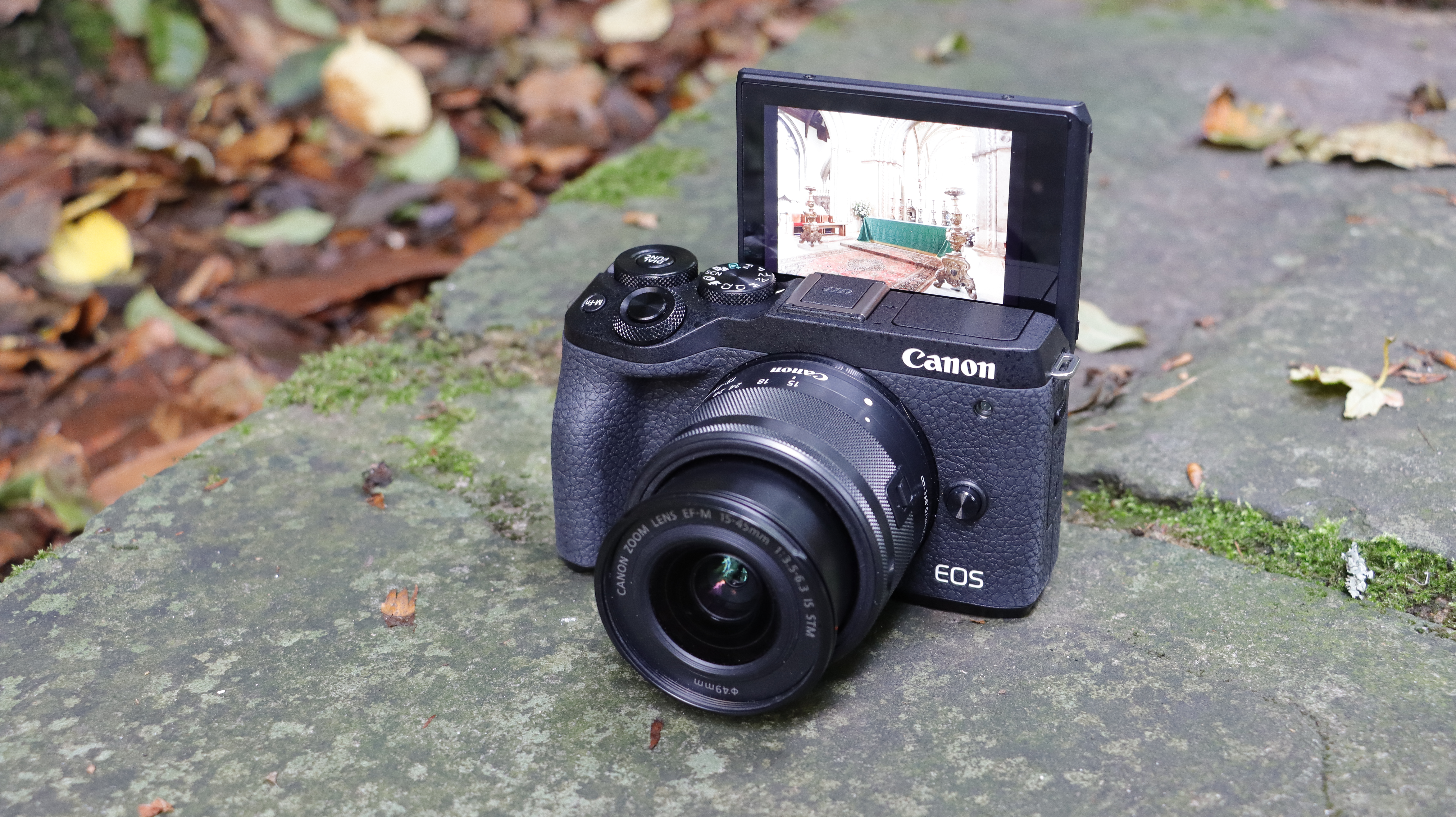
Just because this little snapper doesn't have a built-in viewfinder, doesn't mean you can dismiss it out of hand. It more than makes up for it in its specifications list. It compact size and light weight makes it one of the best traveling companions you can get, and its 32.5MP sensor captures excellent images at 14fps. Color reproduction has always been Canon's strong suit and you won't hear us complain here. You won't find built-in image stablilization, but as long as you're aware of that you can compensate for it. You will, however, need to contend with the idea that there are limited lenses for the M-series of snappers but you can use EF and EF-S lenses via an adapter. Just steer clear of the bigger lenses are they will unbalance this tiny package.
- Read our in-depth Canon EOS M6 Mark II review


The OM-D E-M10 Mark III might not be a massive leap forward over the Mark II, with much of the camera's specification remaining the same. However, Olympus has refined and tweaked one of our favorite mirrorless cameras to make it an even more tempting proposition for new users and enthusiasts alike. Some will criticise the smaller Micro Four Thirds sensor format, but the effect on image quality is minor and it means that the lenses are as compact and lightweight as the camera itself. Sporting a 5-axis image stabilization system, a very decent electronic viewfinder, an impressive 8.6fps burst shooting rate and 4K video, it's no toy – the OM-D E-M10 Mark III is a properly powerful camera.
- Read our in-depth Olympus OM-D E-M10 Mark III review

Also consider:
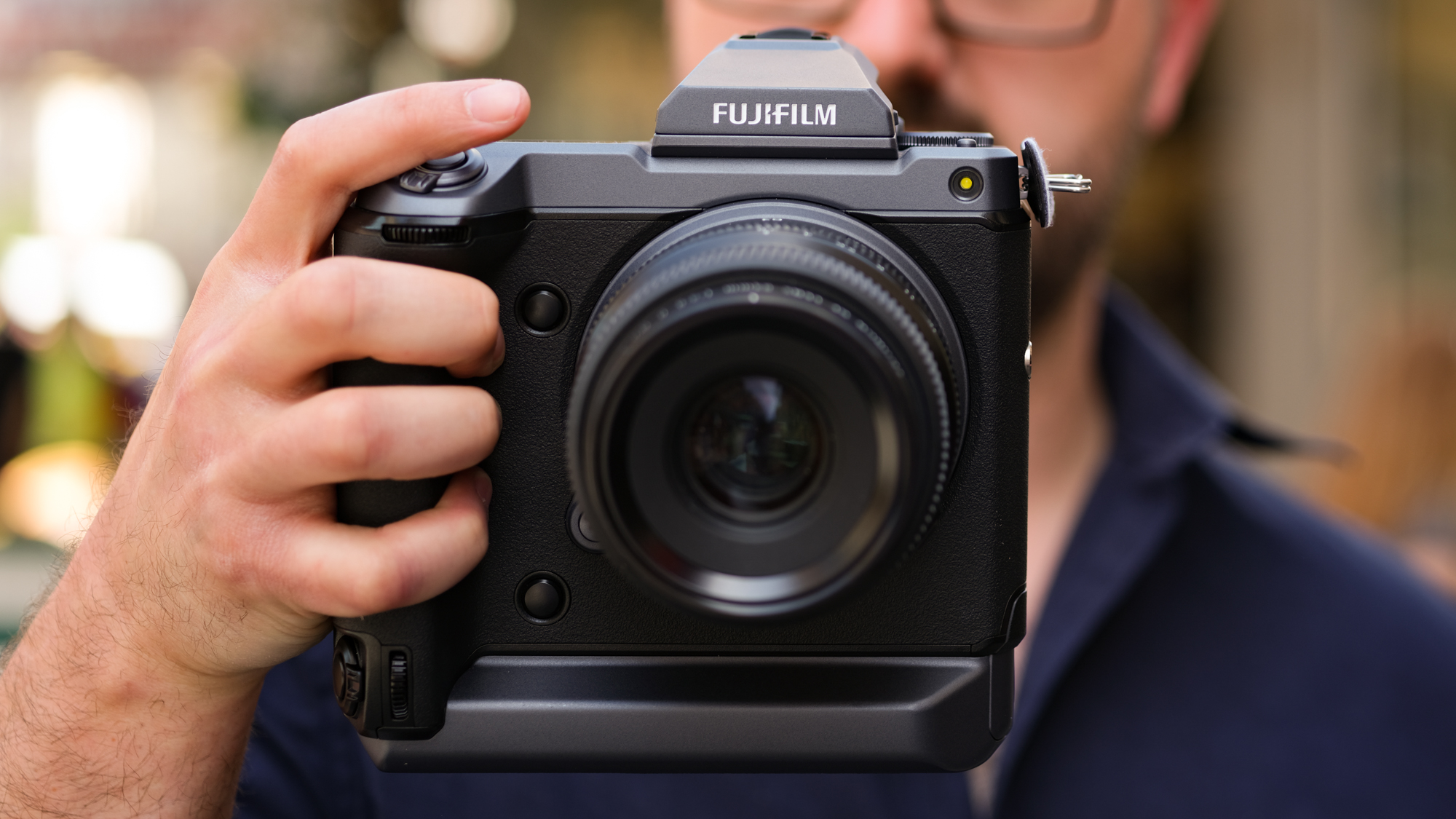
The GFX 100 outguns every other model in the list for native resolution, and while it has a lofty price tag to match its beefy body, it's arguably in a league of its own right now. While it's not the only camera capable of outputting images this detailed, it's the fact that it does it as standard rather than through any trickery or need to use a tripod like many others that makes it special. Throw in a very competent autofocus system, sensor-based image stabilization, strong 4K video and the best EVF we've seen so far, and you have one supremely versatile camera. Sure, none of us can afford one, but Fujifilm deserves high praise for delivering this kind of performance at a price well below that of other high-resolution medium format cameras.

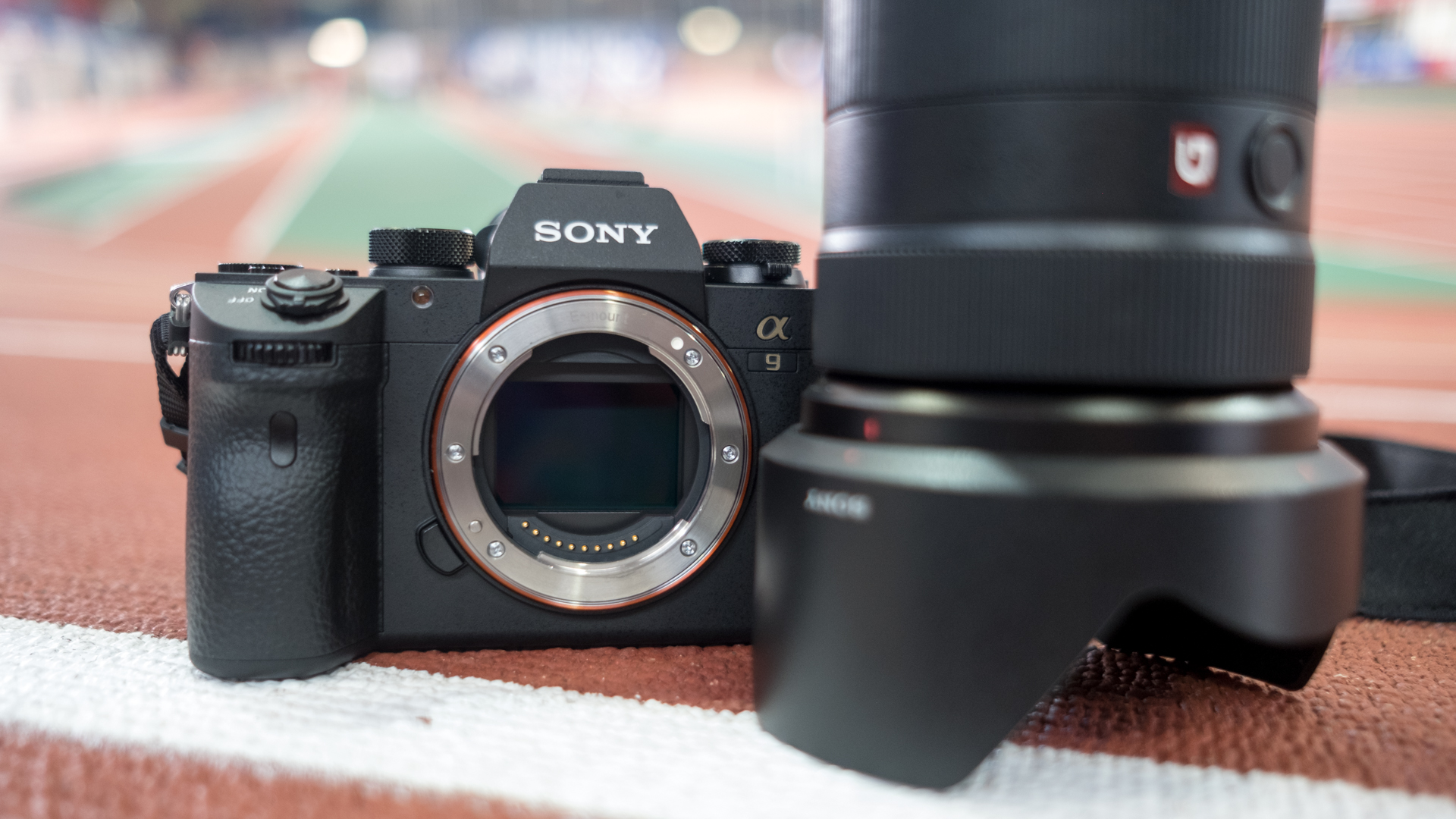
Sony quietly announced the launch of the second generation Alpha A9, but until we can test it, the original A9 remains one of the best sports and press cameras around. We can't think of another pro-level snapper that can match the A9's absolutely blistering performance and incredibly quick AF tracking. While the lack of an XQD card slot and limited touchscreen functionality can be disappointing, the camera's rapid 20fps burst speed and EVF with no blackout is more than enough to convince most experts to reach for this one, if they have the money to spare. Although, with the arrival of the A9 II, the price of the original has dropped considerably.
- Read our in-depth Sony Alpha A9 review

- Best camera
- Best beginner DSLR
- Best DSLR
- Best 4K camera
- Best full-frame camera
- Best compact camera
- What camera should I buy?
- Mirrorless vs DSLR: 10 key differences
- Camera rumors
